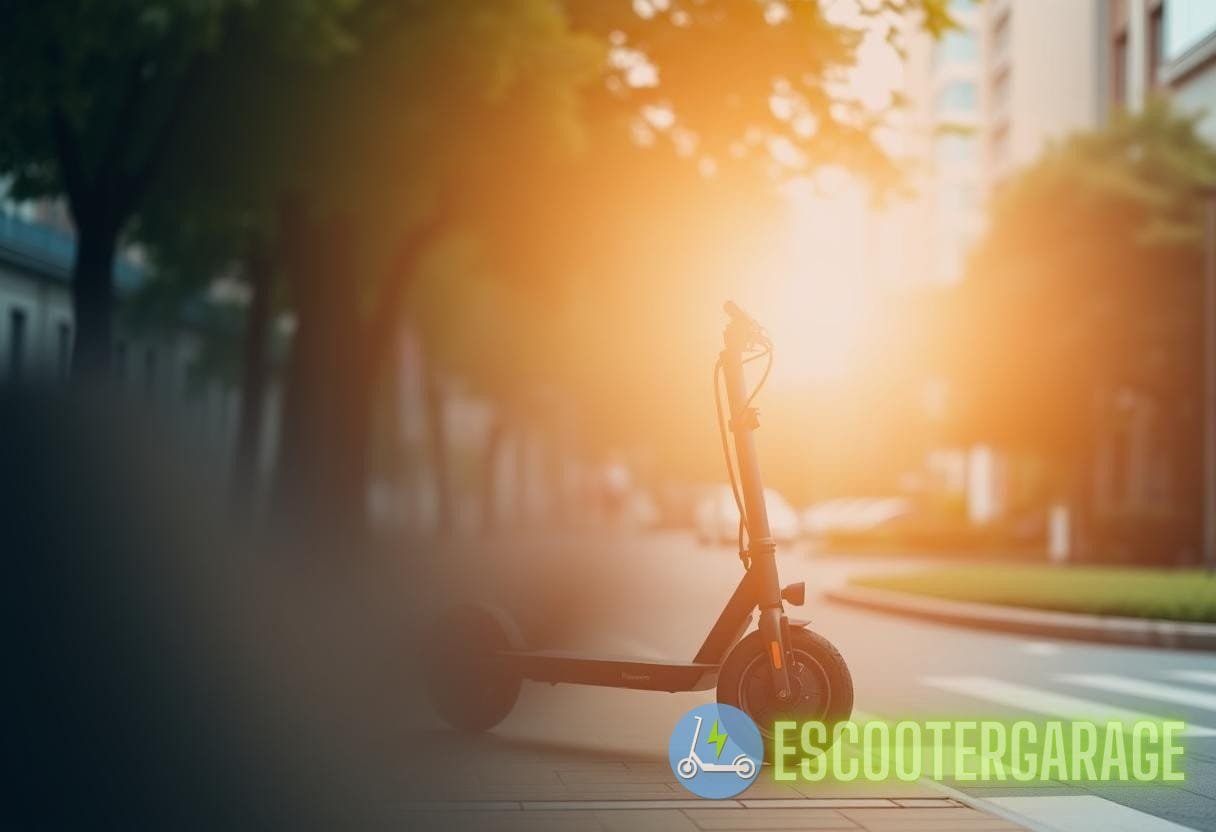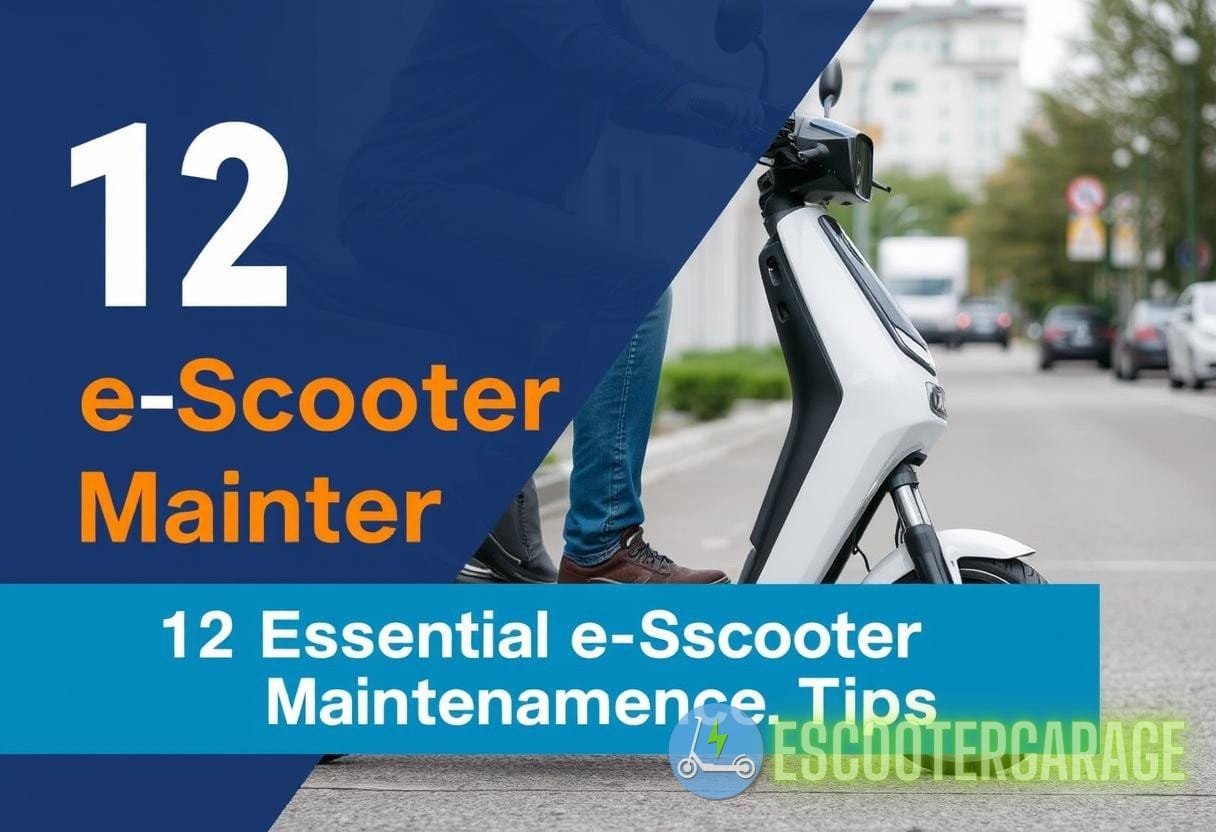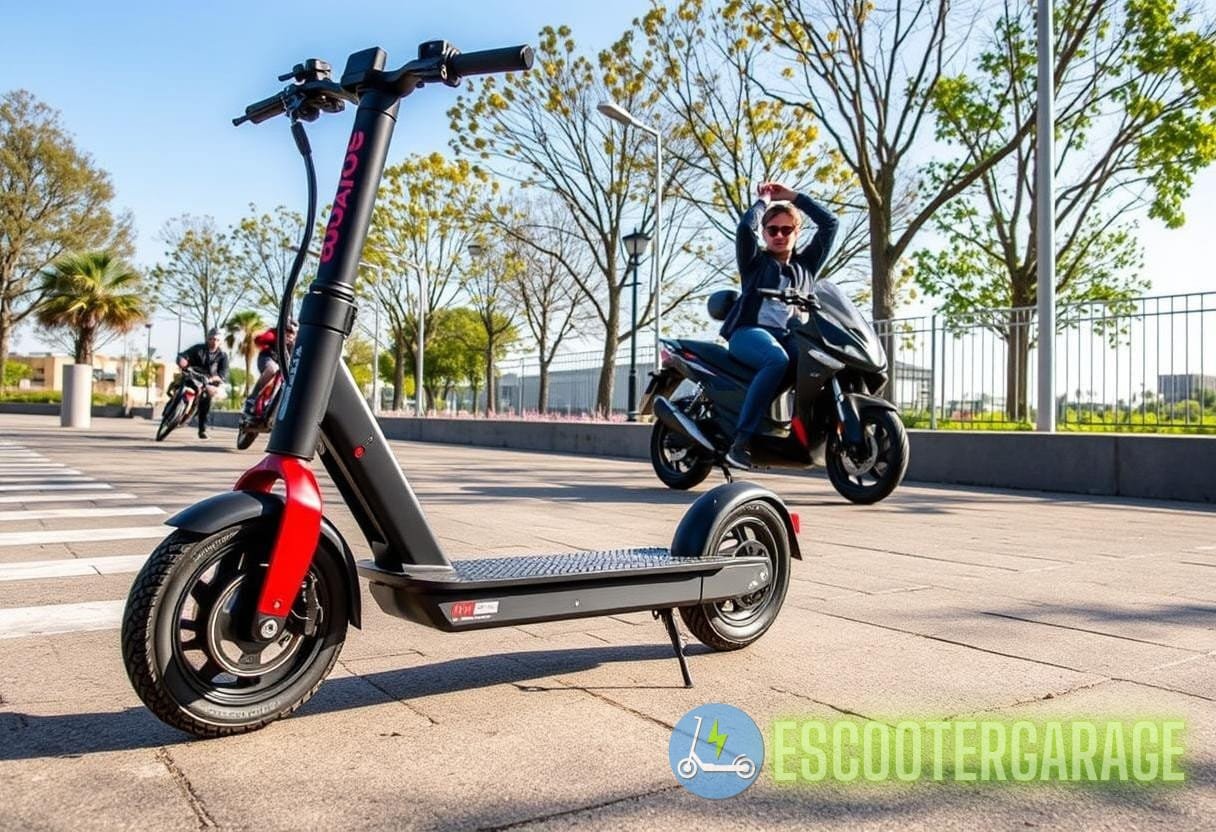Integrative Strategies for Sustainable eScooter Performance: A Holistic Approach to Maintenance and Component Care
As urban transportation continues to evolve, eScooters have emerged as a popular, eco-friendly solution for short-distance travel. However, to ensure their efficiency and sustainability over time, it is essential to integrate effective maintenance strategies. This guide explores the comprehensive array of practices that aim at enhancing eScooter performance through sustainable escooter care, benefiting both the environment and the longevity of the eScooter itself.
Understanding eScooter Performance
To maintain optimal performance, it’s necessary to understand the primary components that influence an eScooter’s functionality. These include the battery, motor, tires, and electrical systems. Each plays a critical role in the overall operation and sustainability of the vehicle. Below, we delve into the importance of each component in relation to sustainable escooter care.
1. Battery Maintenance
The battery is arguably the most crucial component of any eScooter, determining both performance and lifespan. Most eScooters use lithium-ion batteries, known for their efficiency and energy density. To maintain battery health:
- Avoid overcharging: Keeping your battery plugged in after it reaches full charge can lead to reduced lifespan.
- Store at moderate temperatures: Extreme heat or cold can significantly decrease battery performance. Optimal storage temperature is between 32°F and 77°F.
- Regularly inspect for swelling or corrosion: These are indicators of battery damage and can pose safety risks.
According to the U.S. Department of Energy, maintaining a battery’s charge between 20% and 80% can extend its lifespan significantly. These practices align well with sustainable escooter care, minimizing waste and promoting efficiency.
2. Motor Care
The motor is the heart of the eScooter, providing the power necessary for movement. Regular motor maintenance is essential to avoid wear and tear. Here’s how to ensure motor longevity:
- Keep the motor clean: Dust and debris can hinder performance. Use a soft cloth and mild detergent to clean the outer casing.
- Check the wiring: Ensure there are no loose wires or damaged connections to prevent power losses.
- Listen for unusual sounds: Abnormal noises might indicate mechanical issues that need immediate attention.
According to a study conducted by ScienceDirect, regular motor maintenance can enhance efficiency by up to 15% and reduce energy consumption – key factors in sustainable escooter care.
3. Tire Maintenance
Tires are vital for safety and performance. Poorly maintained tires can lead to accidents and decreased efficiency. Here are some key practices for tire care:
- Check tire pressure regularly: Under-inflated tires can increase rolling resistance, requiring more energy and reducing battery life.
- Inspect for wear and damage: Look for flats, punctures, or cracks before each ride.
- Ensure proper alignment: Misaligned tires can cause uneven wear and impact performance.
Research from the National Highway Traffic Safety Administration (NHTSA) indicates that maintaining proper tire pressure can improve fuel efficiency (or in the case of eScooters, battery efficiency) by up to 3%. Such practices are integral to sustainable escooter care.
Holistic Maintenance Approaches
Taking a holistic approach to eScooter maintenance involves looking beyond individual components to understand how they interact with one another. Below are key strategies for holistic care:
1. Scheduled Maintenance
A systematic maintenance schedule ensures that all components are regularly checked and any issues are addressed promptly. It can include:
- Weekly inspections: Check battery, tires, and brakes.
- Monthly servicing: Lubricate moving parts and inspect the motor.
- Annual professional check-ups: Having a technician evaluate the eScooter can help identify hidden issues.
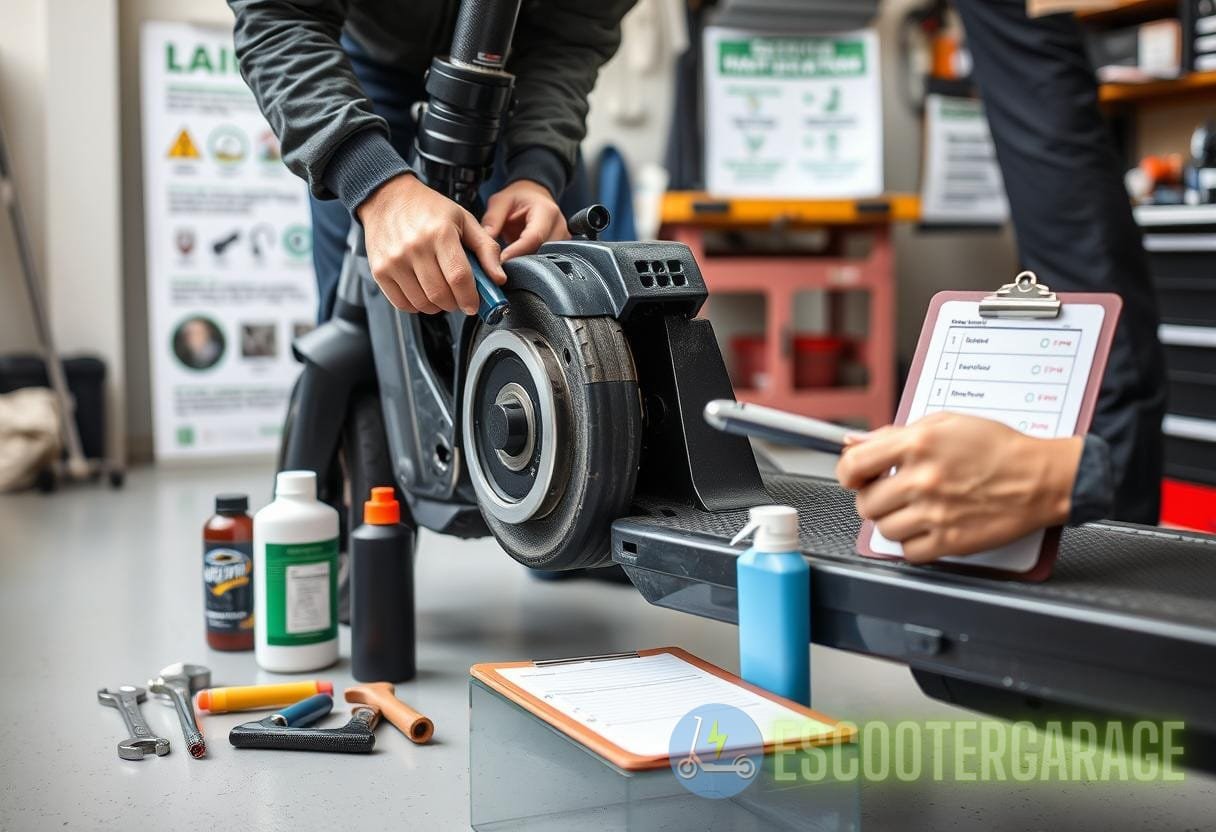
Establishing a maintenance log can be beneficial. Keep records of repairs and inspections for future reference, emphasizing sustainable escooter care through proactive measures.
2. Educating Users
Proper education regarding eScooter usage can significantly reduce wear and tear. This includes:
- Promoting safe riding habits: Educating riders on avoiding harsh acceleration and braking can prolong component life.
- Encouraging proper parking: Avoiding harsh weather conditions when parking can protect the electronics and battery.
Studies show that educated users are 20% less likely to encounter severe issues, which aligns with sustainable escooter care practices by minimizing repair needs and extending vehicle life.
3. Eco-Friendly Practices
Integrating eco-friendly practices into maintenance not only helps the environment but also enhances the eScooter’s longevity:
- Using biodegradable cleaners: These are effective for cleaning while being safe for the environment.
- Battery recycling programs: Many cities now offer battery recycling, a crucial part of sustainable escooter care.
According to the Environmental Protection Agency (EPA), recycling lithium-ion batteries can prevent the release of toxic materials and conserve resources, helping to promote sustainability in eScooter use.
Component-Specific Care Tips
Different components may require unique care strategies. Here are additional tips for key component groups:
1. Electrical System Maintenance
The electrical systems are essential for proper function, and maintaining them can enhance performance:
- Check for software updates: Manufacturers may release updates that enhance performance or battery management systems.
- Inspect wiring for wear: Regularly check for signs of fraying or corrosion that could lead to shorts.
2. Brake System Care
Safety is paramount, and the brake system is crucial for safe operation:
- Inspect pads regularly: Worn brake pads can lead to increased stopping distances, posing safety risks.
- Watch for unusual noises: Grinding or squeaking can indicate maintenance needs.
Weather Considerations in Maintenance
Environmental factors significantly impact eScooter care. Whether it’s rain, snow, or extreme heat, addressing these challenges is part of sustainable escooter care.
1. Riding in Wet Conditions
Riding in rain can be detrimental to eScooters. Here are steps to follow:
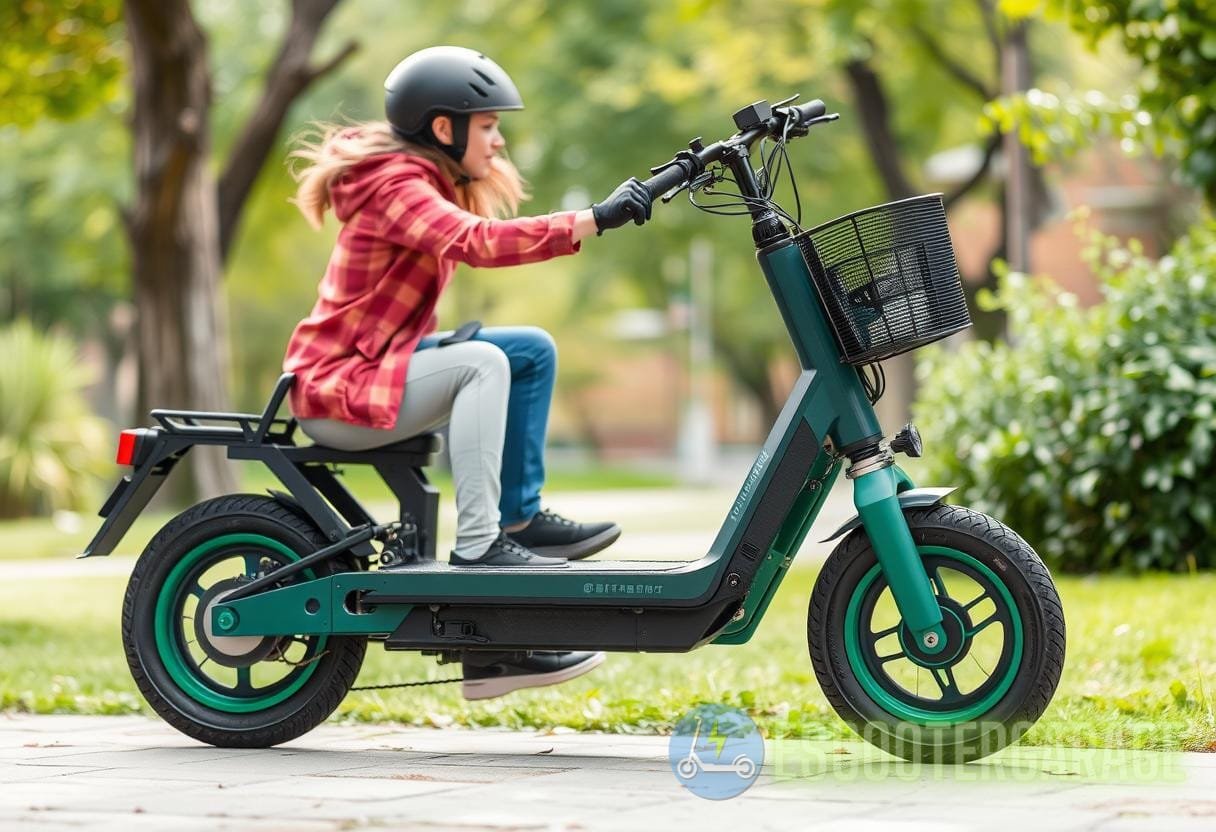
- Dry off the eScooter: After use, especially in wet conditions, wipe down components to avoid rust.
- Store indoors: Whenever possible, store the eScooter in a sheltered location to protect sensitive electronics.
2. Operating in Extreme Heat
High temperatures can affect battery performance and overall safety:
- Avoid prolonged exposure: Don’t leave the eScooter in direct sunlight for extended periods to prevent battery overheating.
- Monitor battery health: Extreme heat can lead to rapid battery degradation, so keep a close watch on performance.
Utilizing Technology for Enhanced Care
As technology advances, so do the tools available for maintenance and performance monitoring:
1. Mobile Apps for Monitoring
Many eScooter models come with or support mobile applications that help track maintenance schedules and performance metrics:
- Battery status indicators: Know when to charge or inspect your battery.
- Usage analytics: Monitor how you use your eScooter, which can help identify practices that may lead to unnecessary wear.
2. Smart Diagnostics
Some eScooters include built-in diagnostics that can alert users to potential mechanical issues or component failures:
- Real-time updates: These systems can send notifications to users about battery health or if they need to check specific components.
- Preemptive maintenance alerts: Systems that provide users with alerts ahead of time can lead to improved care and fewer breakdowns.
Real-World Examples and Case Studies
To illustrate the impact of effective sustainable escooter care strategies, we can look at case studies from various urban environments:
1. Case Study: E-scooter Fleet Maintenance
In San Francisco, the city’s eScooter fleet operators initiated a comprehensive maintenance program that focused on both regular inspections and component-level care. Data showed that this program resulted in:
- Increased fleet uptime by 25% due to proactive maintenance schedules.
- Reduction in operational costs by 15%, attributed to decreased breakdowns and improved battery efficiency.
2. Case Study: User Education Campaign
A user education campaign in New York City provided training sessions on sustainable escooter care, leading to:
- A 20% decrease in reported maintenance issues among users.
- Increased awareness of proper charging habits, demonstrating the efficacy of promoting sustainable escooter care among riders.
Conclusion
A holistic approach to eScooter maintenance not only ensures optimal performance but also supports sustainable practices that benefit both users and the environment. Each component’s care, coupled with user education and eco-friendly practices, contributes to the longevity and efficiency of eScooters, paving the way for a sustainable future in urban mobility. By following the strategies outlined in this guide, eScooter owners can significantly enhance the life and performance of their vehicles while adhering to the principles of sustainable escooter care.

